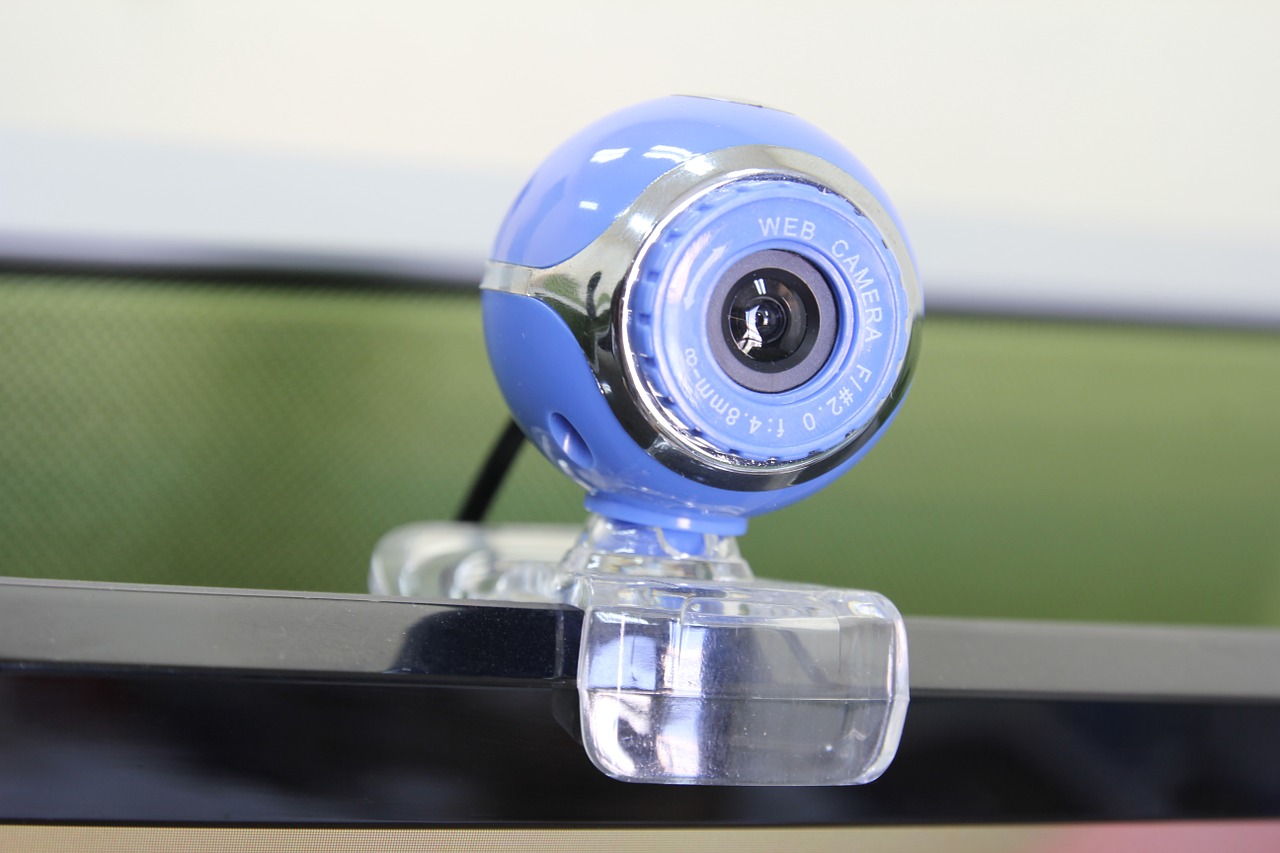If you’ve spent more time on video calls over the past year than you ever have before, you’re certainly not alone. With the COVID-19 pandemic severely restricting in-person interactions, people around the globe have turned to video chat platforms in record numbers to stay connected with friends, family, colleagues, and clients.
Of course, now that video calls are playing such a crucial role in our lives, it’s especially frustrating when they’re disrupted by technical issues. Fortunately, however, many of the most common video chat problems—namely, callers not being able to hear or see each other—can be easily solved with a few simple troubleshooting tips.
Make sure audio and video are both on.
If the person you’re calling can’t see and/or hear you, the first thing you need to do is ensure that your video is on and that your audio isn’t muted. Some platforms or video calls start with your audio or video automatically muted, or perhaps you simply clicked the wrong setting by accident. Either way, look for your program’s audio and video chat icons and make sure neither has been turned off. Similarly, if you have a cover on your webcam lens for privacy reasons, make sure it’s open or removed; otherwise, your video feed will be nothing but a black screen. Yes, this is a very basic step, but as with many other IT issues, it’s surprising how often the obvious fix is the right one.
Check that the right audio and video devices are selected.
If there are multiple possible sources for audio or video on your laptop or smartphone (for example, a built-in microphone as well as an external microphone that you plug in, or a built-in camera in addition to an external webcam), your video chat program may have selected the wrong one. If your audio settings are trying to pull sound from an external microphone that’s not plugged in, the person you’re calling won’t be able to hear anything. To troubleshoot this issue, open the settings menu of your video chat platform and review the devices that are selected for video, audio input, and audio output. If multiple devices are listed, try each one until you (hopefully) get a working signal.
Install or update the drivers and software for your webcam.
If you don’t see your webcam listed as a video device, your computer’s OS may not be recognizing it. Check your system’s general settings (usually under Cameras or Imaging Devices) for an option that corresponds to your webcam. If you don’t see one, it can be helpful to install or update the drivers for your webcam. To do this, the best place to start is the support page for your webcam manufacturer. This should provide you with all the software and information you need for an update or installation.
Review your privacy settings.
Did you know that Windows and macOS both allow you to block access to your webcam as part of your privacy settings? If you didn’t know this (and haven’t changed your default settings), this could be the reason why the person you’re calling can’t see your video. To correct this, go to the Privacy section of the general settings in either OS, then enable webcam access for your chosen video chat platform. It’s also a good idea to check the privacy settings of your web browser, as most browsers offer similar privacy settings that allow you to block camera access.
Try another USB port.
If you’re using an external webcam or microphone that plugs into a USB port on your device, the port itself may be faulty, which could be the reason for your audio or video issues. Try plugging your webcam or microphone into another USB port and see if that fixes the issue (if you’re using a USB hub, try one of the USB ports on your device instead). If you have another computer available, test your webcam on it. This will help you identify whether the webcam itself is broken or defective or if the problem has to do with your original system.
Reinstall and reboot.
When you get started with most video chat platforms, a standard first step is to install the program’s software. If other solutions haven’t solved your technical issues, reinstalling this software might help to get rid of any underlying bugs. Go to the website of your chosen video chat program and download the latest available software update. Then, reinstall it and reboot your computer.
Try another platform or device.
If you haven’t been able to troubleshoot your way out of your problem, you can always switch up the video chat platform you’re using. Sometimes, issues that affect one program don’t seem to be a problem for others. If you don’t have a choice about which platform to use, try switching up devices instead and make the call from a laptop instead of your smartphone (or vice versa).

